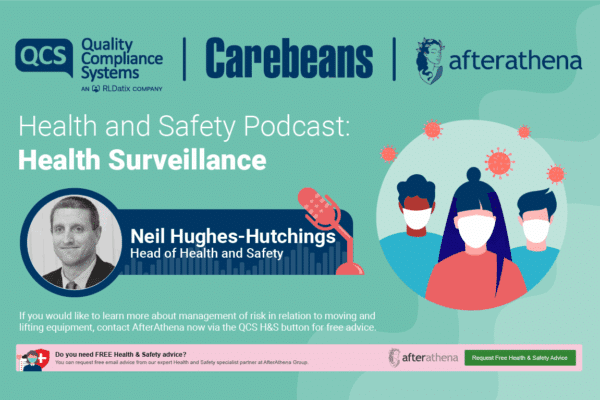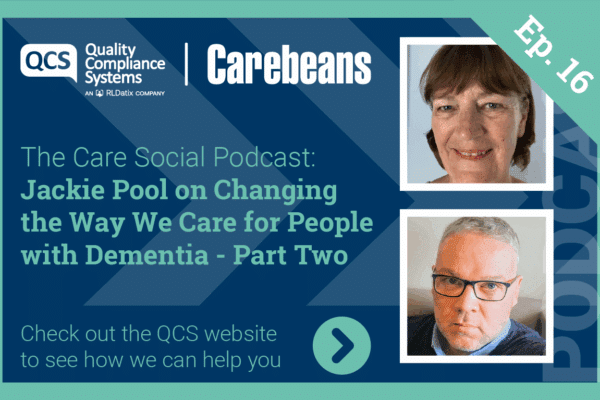The World Health Organisation estimates that an estimated 1.3 billion people, or 16% of the world’s population, experience a significant disability today.
Of those, a significant number suffer with non-visible disabilities (i.e. their disability or health condition is not immediately obvious to others). For some people, this can make it hard to understand and believe that someone, with a “non-visible” condition needs support.
However, with the help of the “Hidden Disabilities Sunflower” awareness of these types of conditions is improving. Many of us will remember the sunflower lanyards that were used by those with hidden disabilities during the pandemic and it is now often used by organisations to develop their awareness of invisible disabilities for both their colleagues and customers – a great way to promote disability inclusion in the workplace.
What are hidden disabilities?
These are health conditions or illnesses which can significantly impair an individual’s ability to perform everyday activities and may include (but are not limited to):
- Chronic pain conditions such as fibromyalgia or arthritis
- Depression, anxiety, bipolar disorder, PTSD
- Epilepsy, multiple sclerosis, traumatic brain injury
- ADHD, autism spectrum disorders
- Chronic illnesses such as diabetes, lupus, chronic fatigue syndrome
- Hearing loss or visual impairments
Often, many people experience a combination of both visible and non-visible impairments and conditions.
How can we provide support?
Supporting people with non-visible disabilities at work involves creating an inclusive environment. Here are some strategies to get you started:
- Recruitment: Go back to basics and look at your advert, can you simplify the language? Where are you advertising? Can you share it in different formats such as audio, braille and large print, to broaden the reach and be more inclusive? Do you really need an application form? Could you accept a video, verbal, or graphic format?
- Educate and Raise Awareness: Promote understanding of hidden disabilities through training and awareness programs to reduce stigma and misconceptions. Perhaps you could become a member of the Hidden Disabilities Sunflower Network?
- Encourage Disclosure: Create an open and secure working environment where employees feel comfortable disclosing their disabilities and talking about their impact, if they wish to. You could introduce a “This is Me” form for all employees, so that you can get to know who works in your business and build the trust between employer and employee, providing space for employees to highlight any support needs they may have.
- Flexible Work Arrangements: Be open to different working arrangements, such as flexible hours, remote work, or adjusted workloads to accommodate different needs. Employees now have the right to make a flexible working request from the first day of employment, so businesses need to be open to considering different options which would be helpful to those with non-visible disabilities
- Reasonable Adjustments: Provide appropriate tools and modifications, such as ergonomic equipment, assistive technology (screen readers for example), or quiet zones. Consider making an application for an Access to Work grants, a government scheme, which helps people with disabilities and health conditions stay in work and can fund things such as office equipment or transport. Schedule regular, informal check-ins to assess how well any adjustments are working and make further changes as needed
- Confidentiality: Respect the privacy of employees who disclose their disabilities and handle their information sensitively and confidentially, as well as in line with UK GDPR requirements
- Inclusive Policies: Introduce policies that support equality, diversity and inclusion, ensuring they are aligned with legal requirements and best practices to accommodate disabilities
Let’s learn to celebrate our differences and breakdown those invisible barriers!






